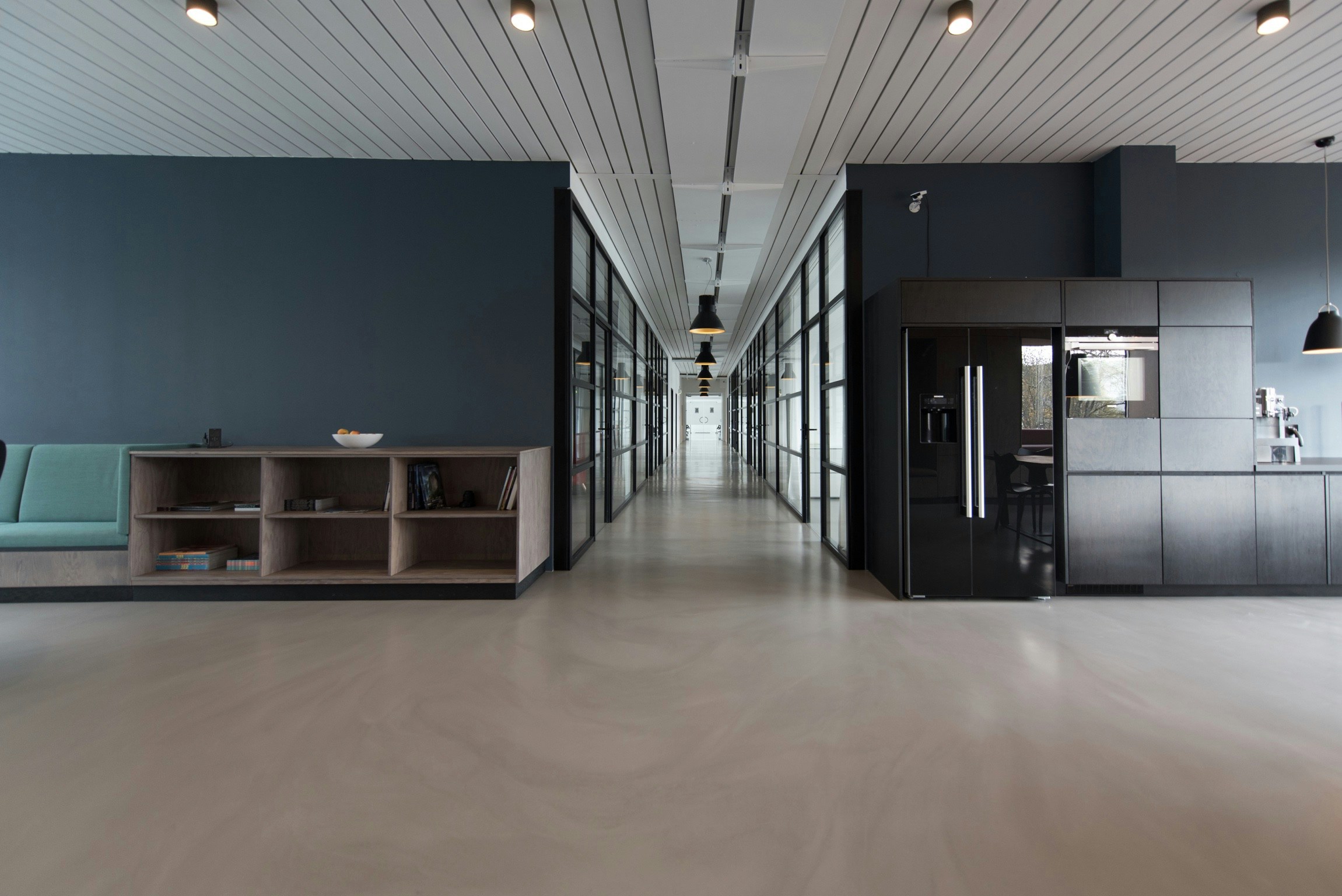Title: Neuroarchitecture: Designing Spaces for Mental Wellbeing
Introduction: Imagine walking into a room that instantly calms your nerves, boosts your creativity, and enhances your overall mood. This isn't science fiction—it's the emerging field of neuroarchitecture. By blending neuroscience with architectural design, this innovative approach is reshaping how we think about our built environments and their impact on our mental health. Read below to explore how neuroarchitecture is revolutionizing the way we live, work, and interact.

The Science Behind Space and Mind
At its core, neuroarchitecture is based on the understanding that our surroundings have a profound impact on our neural processes. Research has shown that factors such as lighting, color, spatial layout, and even ceiling height can affect everything from our stress levels to our cognitive performance. For instance, studies have found that exposure to natural light can improve sleep quality and reduce depression, while the presence of curved architectural features can activate reward centers in the brain, promoting feelings of pleasure and well-being.
Practical Applications in Everyday Spaces
The principles of neuroarchitecture are being applied across various settings, from homes and offices to healthcare facilities and educational institutions. In the workplace, companies are redesigning spaces to incorporate elements that boost productivity and creativity, such as adjustable lighting systems that mimic natural daylight cycles. Hospitals are utilizing neuroarchitectural concepts to create more healing environments, incorporating nature views and soothing color palettes to reduce patient anxiety and accelerate recovery times.
The Role of Technology in Neuroarchitectural Design
Advancements in technology are playing a crucial role in the evolution of neuroarchitecture. Virtual reality (VR) and augmented reality (AR) tools allow architects and designers to create immersive simulations of spaces, enabling them to test and refine their designs based on user responses before construction begins. Additionally, neurofeedback devices and wearable technology are being used to gather real-time data on how individuals physically and emotionally respond to different environmental stimuli, providing valuable insights for future designs.
Challenges and Ethical Considerations
While the potential benefits of neuroarchitecture are exciting, the field also faces several challenges and ethical considerations. One primary concern is the potential for manipulation—if spaces can be designed to influence behavior, there’s a risk that this knowledge could be misused for commercial or political gain. Additionally, there’s the question of individual differences: what works for one person may not work for another, making it challenging to create universally beneficial designs. Balancing these concerns with the potential for positive impact is an ongoing discussion in the field.
The Future of Neuroarchitecture
As our understanding of the brain-environment relationship deepens, the future of neuroarchitecture looks promising. Researchers are exploring how to create spaces that can adapt in real-time to occupants’ needs, using smart technology and AI. There’s also growing interest in how neuroarchitecture can address broader societal issues, such as designing urban spaces that promote social cohesion and mental health on a community level.
Conclusion: Bridging Science and Design for Better Living
Neuroarchitecture represents a paradigm shift in how we approach the design of our built environment. By harnessing the power of neuroscience, we have the opportunity to create spaces that not only look good but also actively contribute to our mental wellbeing and cognitive performance. As this field continues to evolve, it holds the potential to transform our homes, workplaces, and public spaces into environments that nurture our minds and enhance our quality of life. The future of architecture isn’t just about building structures—it’s about building better brains.





